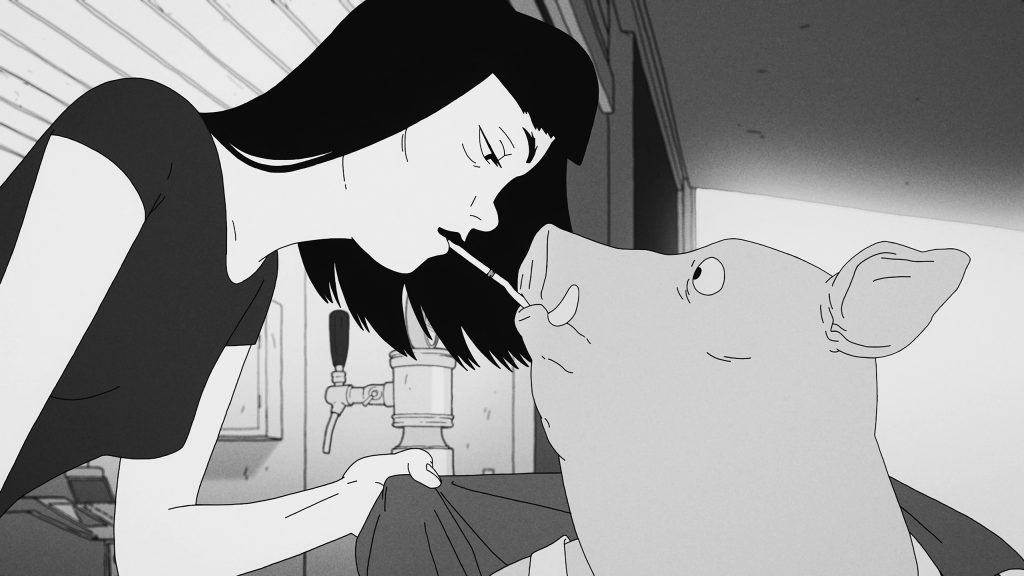
The Sundance Film Festival is often the place to find the next great work of cinema, and since the pandemic, they’ve been allowing people at home to watch as well. This year, the festival selected thirteen animated shorts and one feature, Endless Cookie (which I’ll hopefully review at a later date). I unfortunately wasn’t able to watch all of them, as one short, Caries, was not available virtually. However, I did watch the rest, and I thought I’d share my picks of my favorite ones, along with an additional short that made great use of animation as well.

Paradise Man (ii) is honestly less an animated film than an inventive animated collage movie, but it was one of my favorite things I saw in the animated short film program regardless. It’s made almost entirely with repurposed images and GIFs of those white, big-headed, blank, faceless figures you find in stock media, but in the hands of Jordan Michael Blake, these nondescript cartoons take on new emotional resonance. Subtitled “Episode 1: Golf”, the short is an extended monologue by the titular Paradise Man, who initially starts out discussing his pursuit of getting a hole in one before a family tragedy causes him to reflect on his own existence and purpose. With the stock-based format and Paradise Man’s narration being supplied by a slowed-down automated voice, it initially comes across like something you’d find in the early morning on Adult Swim before hitting you with genuine and relatable poignancy. (Sundance also pointed out that Blake had previously been commissioned by Adult Swim to make a segment of their incredible anthology series Off the Air.) The short ends with the promise of a second episode, and I’m hoping Blake makes good on it. You’ll never look at stock graphics the same way again.
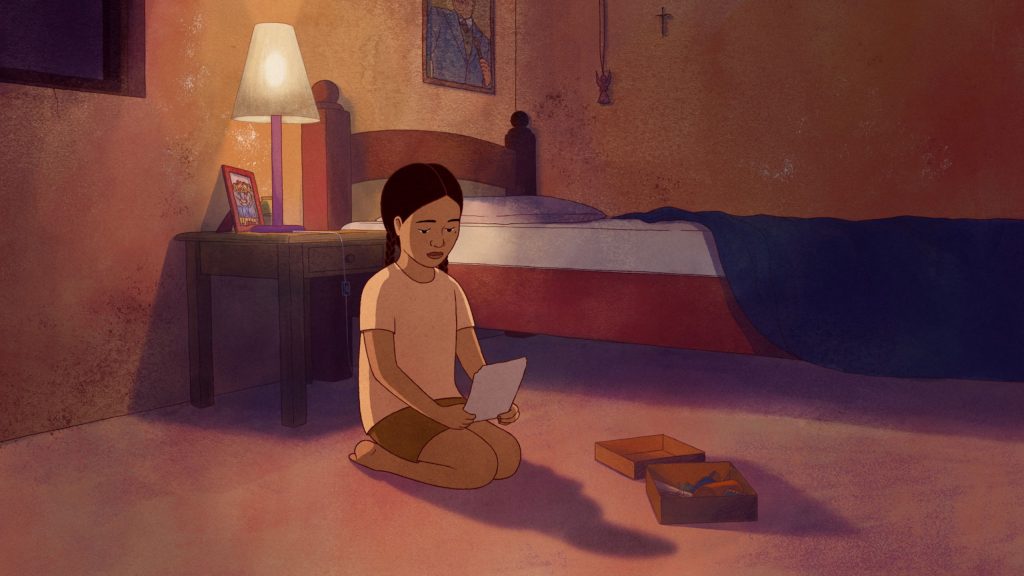
Arguably one of the best shorts, and the one that won the Grand Jury Prize for Animated Short Films, was As If the Earth Had Swallowed Them Up (Como si la tierra se las hubiera tragado). It tells of a woman who returns to her home of Mexico City, where she looks back on how, as a young girl, she came to terms with what happens to women in Mexico. The short’s endearing art style gives way to some truly harrowing sequences illustrating its serious subject matter, and I thought it was a great example of how animation can both make dark topics more accessible while at the same time enhancing their impact. It definitely deserved the top prize, which qualifies it for next year’s Oscars.
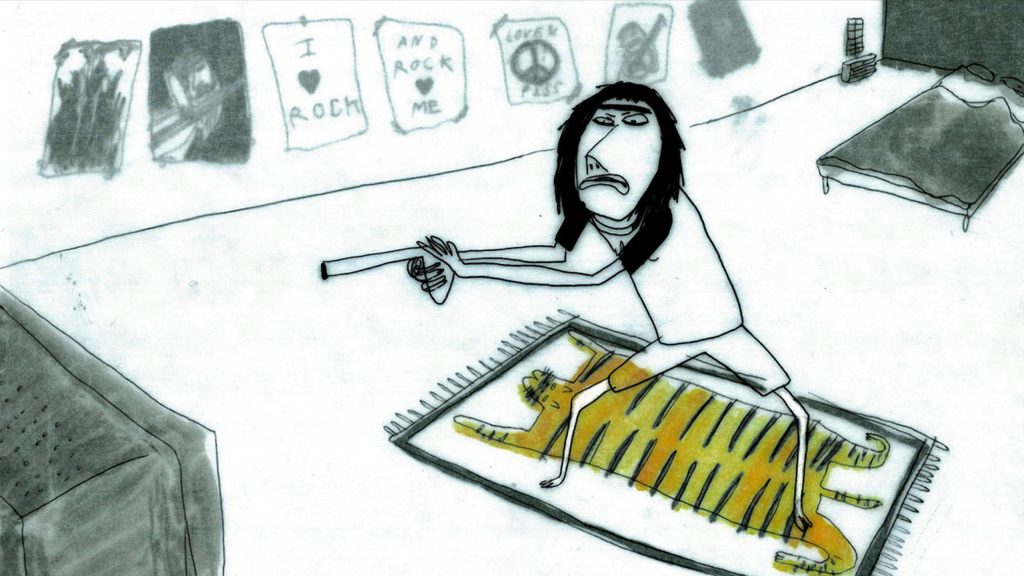
There were a few other shorts of note that I enjoyed. Hurikán, described as a “deep-fried romance from Prague”, follows the literally pigheaded titular character as he offers to resupply a beer stand where he has a crush on the bartender, only to find himself on the beer run from Hell. Gritty, darkly comic, and with great music, it brings to mind something out of the alternative animation of the 1990s when the film is set. Bunnyhood is a punky short from the UK that feels like a zine comic come to life. In it, Bobby learns that her mother may not always be telling the truth when a promised fast food dinner ends up being a trip to the hospital. The whole short is gleefully surreal and anarchic but not to the extent to where you can’t figure things out. Told in a crude but endearingly handcrafted animation style, this was one of my favorite watches of the selections this year. View from the Floor is a 5 minute piece in which Mindie Lind, a singer without legs, discusses her brief brush with fame, where she discovers that it wasn’t so much about her talent as it was about “inspiration porn.” A thought-provoking and funny take on how disability is perceived in the media, it’s a decent piece in its own. However, the short is actually a proof-of-concept for a feature length animated documentary of the same title, and that’s something I really hope gets off the ground because based on this, I’d love to see more.
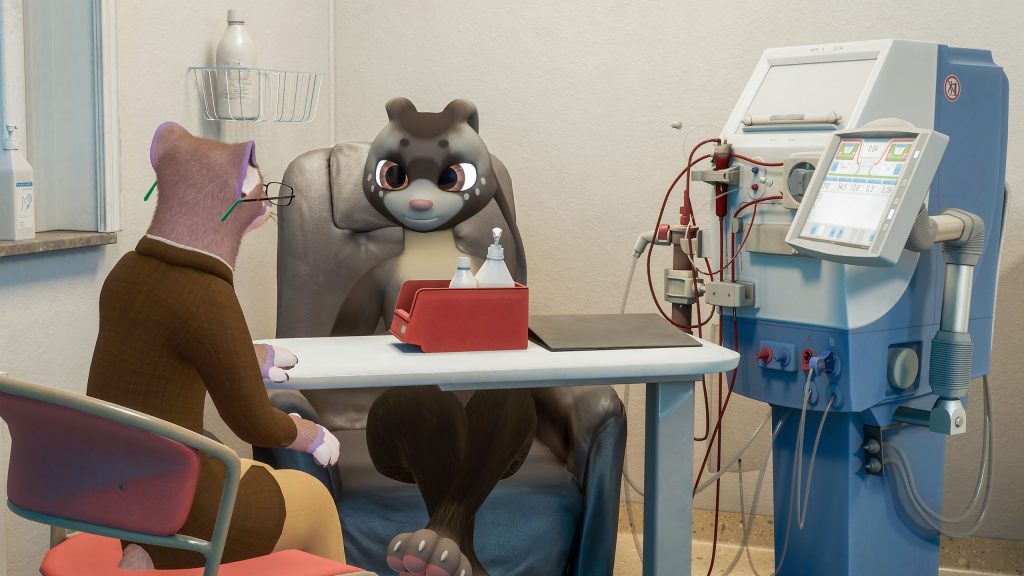
Also, while not really an animated short, I nevertheless feel compelled to bring up a title from the documentary short film selections that uses animation in a great way. Three Sundances ago, Joe Hunting’s documentary We Met in Virtual Reality not only introduced me to the world of VRChat, but expanded my idea of what documentaries could be. Now, he’s back with The Reality of Hope, a live-action/machinima documentary short that presents a truly moving story of how fantastical virtual communities can inspire very real impact. Hiyu is a prominent member of VRChat’s Furality community, an organization of furry artists and creators, until his real life unexpectedly intrudes in the worst possible way: his kidneys are failing. Photographotter, another member, agrees to donate his kidney and fly from New York to Stockholm to save Hiyu’s life. Whereas We Met in Virtual Reality was filmed entirely within VRChat, The Reality of Hope alternates between real and virtual environments, reminding us that there are actual people behind the cartoon animals we initially see as our subjects. It’s a touching reminder of the power of community, and a great documentary for the gaming crowd. The use of video game assets in documentaries has been a bit of a trend recently that I have been fascinated with, and I hope it continues, especially if we get more films such as this. I also suspect it’ll be streaming in the near future as Documentary+ was listed as one of the companies involved, so hopefully you’ll get to check it out for yourself.
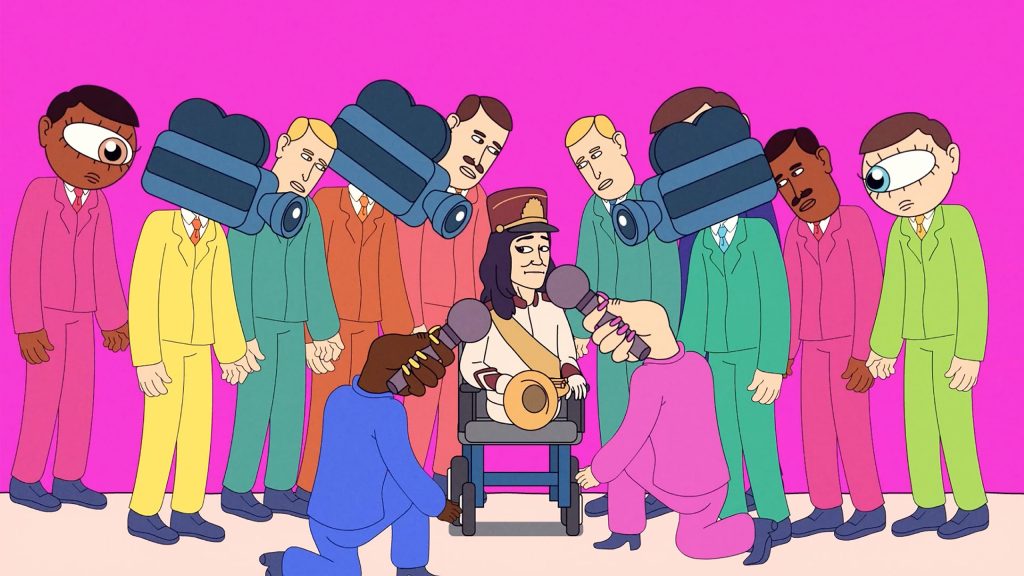
The other animated selections were Flower Show, Inkwo For When the Starving Return, Luz Diabla, Field Recording, Jesus 2, The Eating of an Orange, and A Round of Applause for Death.
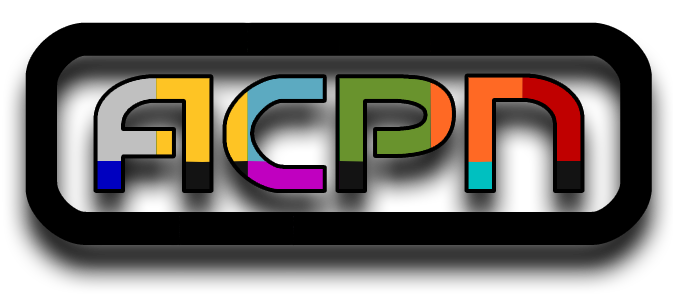
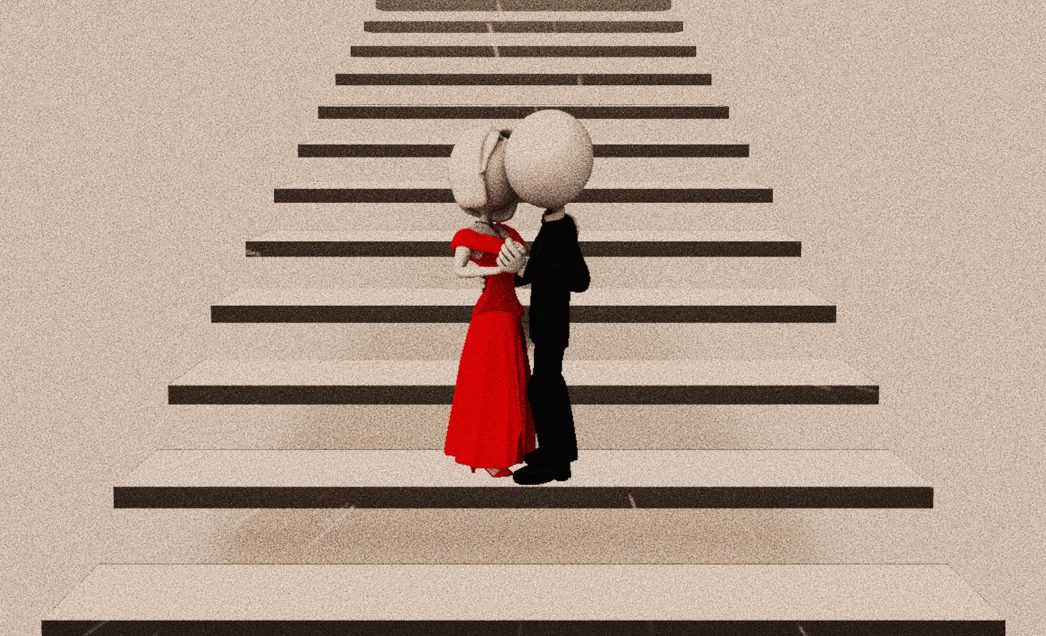
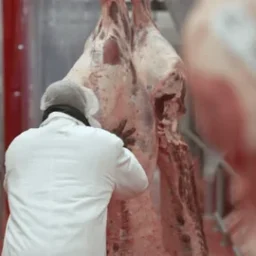
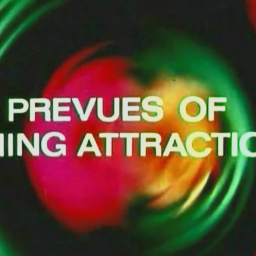
Leave A Reply